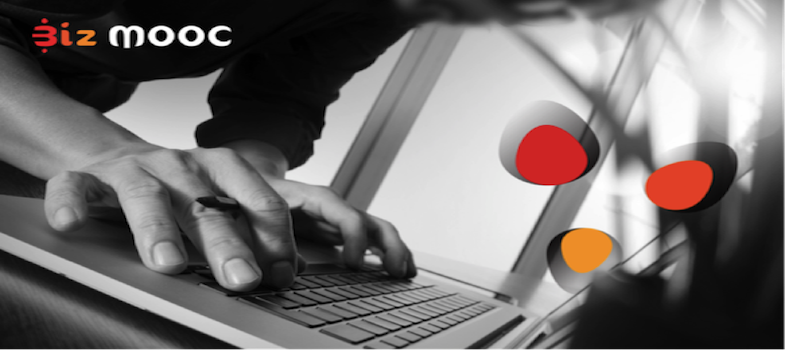Reflection: Take stock of your digital skills
In order to understand and engage with your digital environment, you need to know what digital information is and what you can do with the information you find. You also need to be able to find and select the most appropriate online tools, websites and software for your needs.
Engaging with a digital environment can also mean being able find people with similar interests to you. If you can do this, you’ll be able to communicate with a wide network of people, and avoid anyone who might be malicious.
A very important aspect of understanding and engaging is being aware of how you come across online.
The following activity provides some practical examples of what understanding and engaging in an online environment involves. It's an opportunity for you to assess your digital skills.
Activity 3.3 Understanding and engaging in an online environment Allow 45 minutes
In each of the areas covered, read the description and use your learning journal to write a sentence or two on how confident you feel in that area.
Connecting with others online
If you know where to look online for people with similar interests to you, you’ll be able to communicate with a wide network of people.
- How confident are you in your ability to connect with people online, for example on Facebook or other social media? Do you know where to find people with similar interests to your own?
- How well do you judge the people you meet online? Can you tell if they are genuine and trustworthy, or if their motives should be questioned? For example do they have commercial interests or malicious intent?
The term ‘digital footprint’ refers to any information about you that is available online, for example, photos, comments or personal details. Information that appears online about you could be something you’ve posted yourself or something someone else has posted about you.
Whenever you write or post anything online, whether it’s on Facebook, Twitter or a blog, you need to be aware of who has access to it. You can use privacy settings to control who sees what, and to ensure that you keep your online reputation intact.
- How confident are you when it comes to understanding what your digital identity is, and what it says about you? Can you track your digital footprint?
- Think about how aware you are of the image you are projecting online and how it affects your online reputation.
- Also consider how much you know about what happens to information you put online.
There are many instances when you might want to contact an expert or find reliable professional information – for work, research, study, or to find a tradesman to do some work at your home.
- How confident are you at being able to find reliable information, written by experts, online? Think about whether you know how to judge if information you find online comes from a reliable source.
It’s fairly easy to find a variety of tools that will help you to find, use or create information online. With such a wide range on offer, it’s important to know how to assess which one will best meet your needs.
- How confident do you feel about using information in different forms of media? For example, do you know when a video or podcast would be a more appropriate source of information for your needs?
- Also think about how confident you are in finding and choosing the right online tools for your requirements. A tool is something that enables you to perform a task or activity. In this case, it could be a search engine, some software or a website. It could be software that helps you to create audio or video, or manipulate photographs.
Next: MOOCs and digital skills for a digital workforce
